Our enjoyment of a game relies on the context in which we experience it just as much as the actual quality of the product. Games are a product of their time — one even a few years older can reflect different trends and ideas of the world around it. And if you’re told a game is a masterpiece, you expect it to be a masterpiece, and become disappointed when it fails to meet those lofty heights.
The context in which I played Undertale on Switch today is a very different one than when I first did three years ago. I bought it a week after release on the word of a few trusted reviewers and fell madly in love with this (at the time) niche, experimental indie RPG with great heart and greater soul. I couldn’t have imagined the stratospheric levels of popularity the game would achieve — and the internet backdraft that would eventually descend, as loyal fans and sour detractors argued over the quality and merits. Just as it racked up numerous awards from both fans and critics, the blowback increased, as did the breadth and fringeness of the fandom, to the point that even one year after release, merely bringing up the name “Undertale” provoked vastly different images — one of conspiratory YouTube videos and weird fan art rather than the actual content of the game.
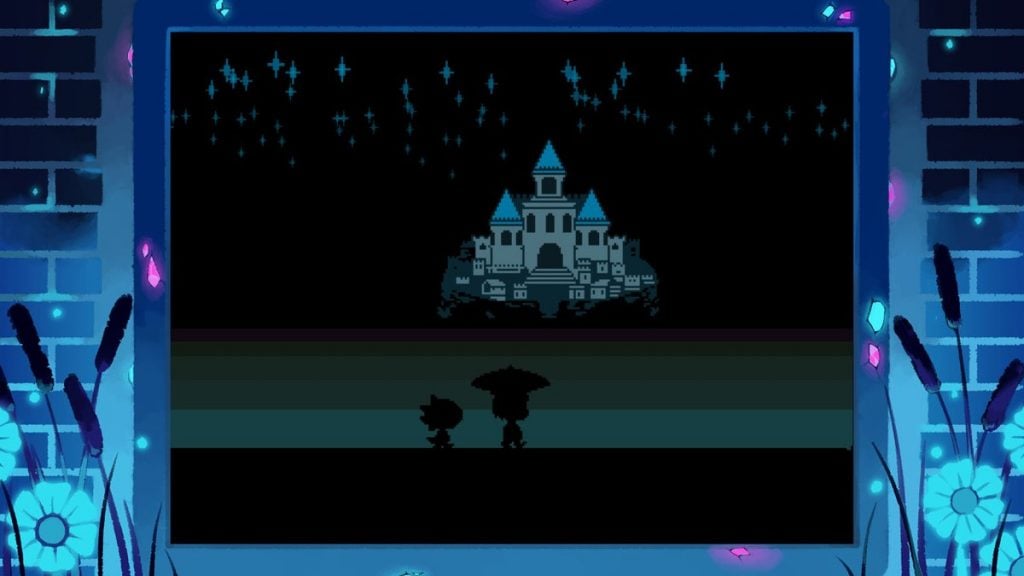
Going into Undertale on Switch, I wondered if it could possibly be the same, if I could recapture that dazzling sense of wonder I did when I first played, the pure love for the world and characters, the tender emotion and desire to change myself for the better. Would it live up to my memories? Or would the fringe elements taint my affection for a game I considered one of my favorites?
Upon replaying it, I remembered something — that, beyond the “discourse” on it online, Undertale is a spectacular, immaculately constructed game that was and continues to be a wholly unique entity in its own right, an adventure as goofy and lighthearted as it is poignant and touching; and one of the greatest indie titles, RPGs, or simply games I’ve ever played. And if you’ve heard that before and dismiss it outright… well, I don’t know what to say. Writing anything else would just be lying to myself.
Best left unspoken
Undertale — for those who somehow do not know — follows a child who falls into an underground world of monsters and seeks their way out. The game’s main point of intrigue is element of mercy — you can defeat them in the normal RPG sort of way, but you can also commit actions to spare them, ending fights without gaining EXP. The number of monsters you spare or kill has an effect on the way the story plays out.
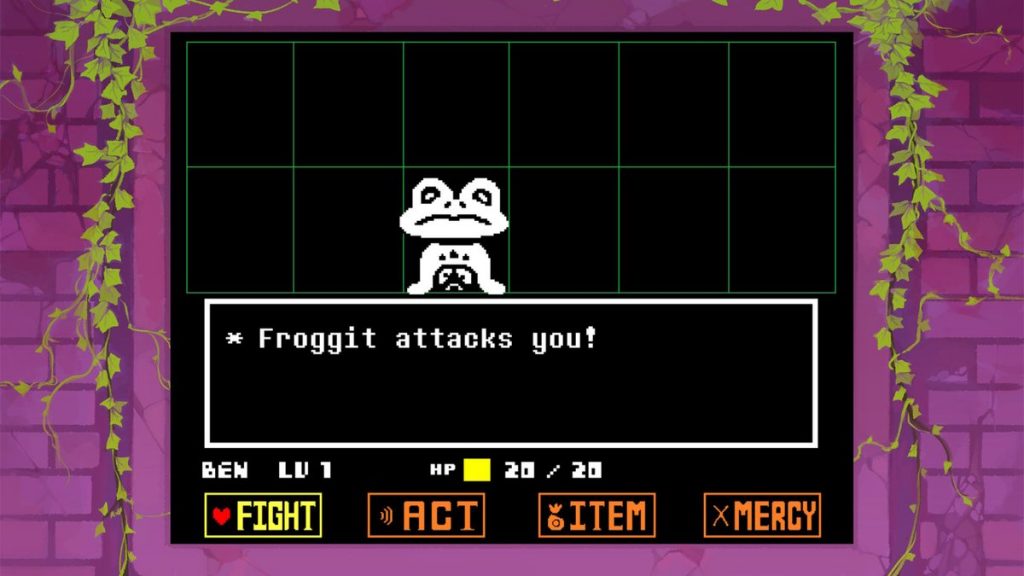
And, if you know nothing about Undertale, that’s all you should need to know. I’m serious. Undertale is a game full of surprises, little tricks, and fascinating ideas that are significantly hampered the more you know about them. I hesitate to speak of any characters, plot points, or other extraneous information, because to do so — while perhaps more clearly demonstrating why I like the game — also has the effect of dampening the joy of experiencing it naturally. So if you know little to nothing about Undertale I implore you (for once in a review) to just scroll to the bottom, check out the big dramatic number and bullet points, and pick up the game. That was how I experienced it the first time, and I’m convinced that’s why it stood out to me so much — because I had no idea what I was in for.
If you must know the particulars… then, where could I begin?
A rich cave story
Undertale’s writing is so exceedingly clever as to almost anger me. Not just in the variety of silly jokes and gags that are peppered throughout the game, but also in the subtler character moments and world constructs. It’s a game that’s well cognizant of how people play video games, and it uses this knowledge to mock, challenge, and guilt-trip the player in a way like nothing else. It’s just as likely to make you laugh as it is to make you feel like a horrible human being, and any game that can pull off both in such spades is something incredible.
If I did have one half-hearted criticism to make of the game, it’s that the overall graphical style is fairly typical as far as indies go — there’s nothing particularly standout about it, save a general pixel-artness. This is buoyed by a more interesting (and now iconic) encounter aesthetic as well as strong character design and atmosphere, which — combined with a couple of careful touches when it comes to font and UI — make the game quite visually appealing.
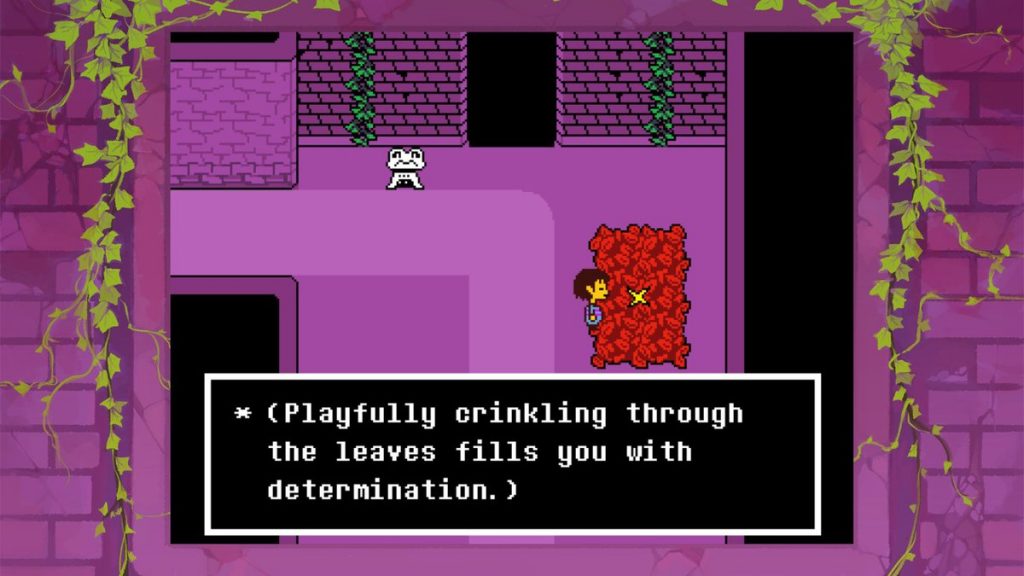
Of course, there’s only one REAL reason anybody likes this thing, and that’s the soundtrack. Hooooo boy, what can I even say about these 101 tracks of pure bliss? Every conceivable type of game music is repped here — from the upbeat beatdown beats, to the relaxed homey feel of town music, to the somberly determined feeling of the game’s title track (which, to this day, is in the running for my favorite game song ever,), there is audio euphoria in every pore of Undertale. I know people disgruntled or livid about this game who can’t stop themselves from humming a tune every once in a while. That’s how good it is.
Nobody has to die
The actual encounters are an interesting mix of Paper Mario fashioned action commands, SMT-styled negotiation, and schmups. Your standard attack comes with a couple of different button prompts depending on the weapon you have equipped, though you may or may not be using it a lot. In turn, their attacks come at you in the form of bullets, which you must dodge with your tiny red heart in order to stay alive. Most interesting is the “ACT” menu, in which you commit a variety of actions towards a monster — anything from talking to hugging to flexing your biceps — in order to make them not want to fight. This is how you spare them.
What’s wonderful about the encounters in Undertale is that they’re pretty much the pinnacle of (puts on official Game Reviewer badge) ludonarrative — the story expressed via gameplay. Each type of monster has their own set of attacks and ACT commands, which means that every fight offers its own, unique experience. Fighting frogs in the starting area is both simply similar and vastly different to the snowy dragons you fight later, or the tsundere airplane. (It’s officially a “tsunderplane.” I cannot believe there are people out there who claim this game to be anything but masterful.) This is amplified in the excellent boss fights, which each require their own unique tactics and proclivities to survive. The attacks the enemies use, and the actions you can use on them, reflect their own personalities and wants; and while they’re not always multifaceted or deep, it makes each and every mob enemy both memorable and lovable. There’s even a little smidge of extra content in the Switch version — I can’t say what, but it made me break out into a grin the whole way through.
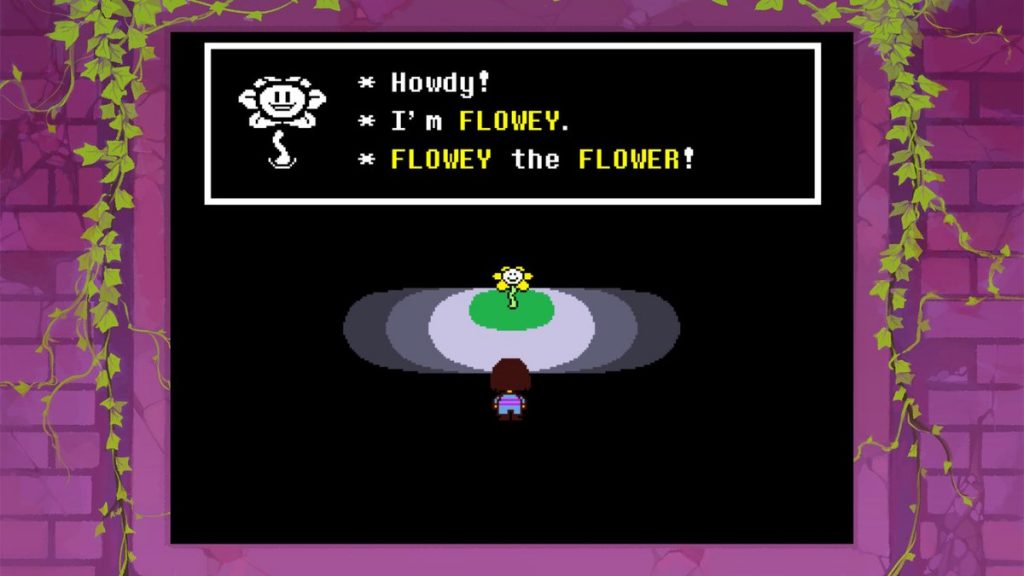
But what makes Undertale truly special is how well it coheres to its themes and ideals. It preaches pacifism over pragmatism; taking the difficult high road over the breezy low one. It asks of its audience why it would want to hurt creatures that do not wish to inflict harm. And its handling of many, many themes — empathy, self-esteem, and the nature of love — is so subtle and careful that on this, my fourth playthrough, I was still picking out new details and connections. It is a game with a character of its own; one that doesn’t flake about with just giving you the option to do bad things, but one that shows you just how heinous you’d have to be to do them.
With hopes and dreams in heart
When I first played Undertale in 2015, it was unlike quite anything I’d seen before. It was so considerate and well-constructed that I played through it three times in a week, desperate and excited to reach the true ending. Only one week after its release, it felt like I had unearthed a sleeper hit, one of the decade’s best games that would be venerated. And venerated it was — but even so, I can’t deny that the context of its existence has changed since then. Saying the name “Undertale” to people provokes a different kind of reaction — one that can range from wistful remembrance to outright scorn.
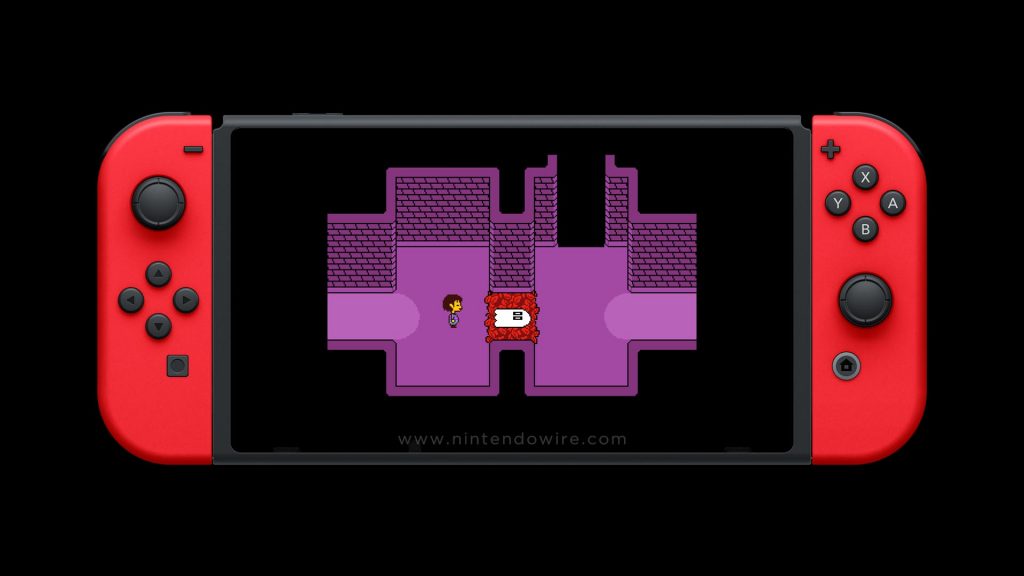
And yet… so too, has the world changed. In the space of a few years it feels like it’s become crueler, more volatile, a place where people retreat into their circles of hate and fear while lashing out at the outside world. Xenophobia and prejudice is incited and encouraged by a non-insignificant portion of the population. Hate-mongering brews, and chaos looms.
It’s because of this that I realize that now, more than ever, I think Undertale is needed. It is a moralistic game — one that does not preach, but implores you: to do better, by yourself, and by other people. It asks you to be kind, even though it knows how hard that can be. It is aware that some wicked beings will never be receptive of your good intentions, and cautions you appropriately. It proposes that being good — while difficult — feels good.
Undertale will always be a special game to me. More than the sum of its parts — the funny skeletons, the kickin’ music, the sincere writing, the dogs — it inspires hope in the goodness of others; faith in the value of mercy. And it makes you believe that maybe, just maybe, the world can be a better place — so long as you’re determined to see that goal through.
Leave a Comment
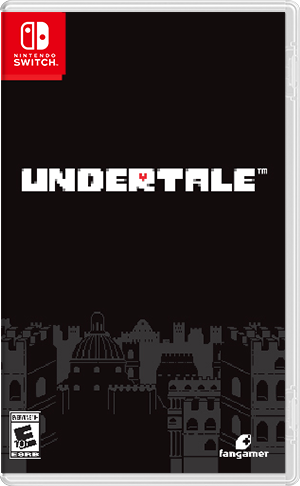
System: Nintendo Switch
Release Date: September 18, 2018
Categories: Role-Playing
Publisher: 8-4
Developer: 8-4


